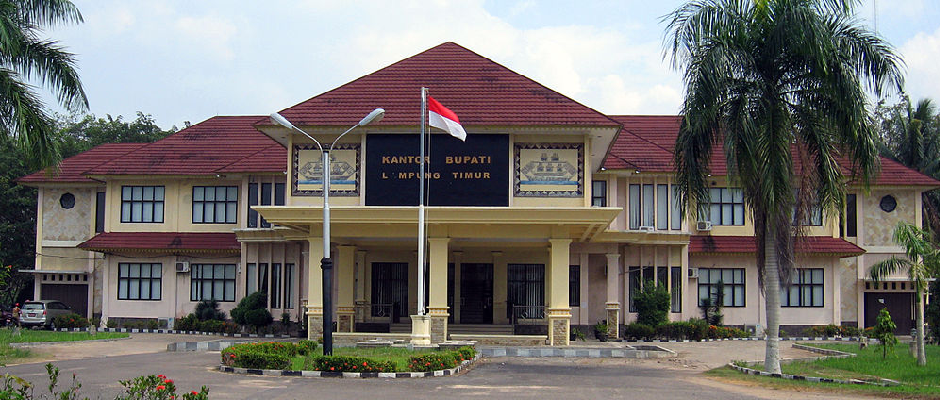
Indonesia has adopted community-driven development for more than 15 years. When it began in 1997 as a World Bank-funded program, its aim was poverty reduction through community empowerment. While initially, the program focused on small-scale infrastructure in rural areas, over time the program expanded its focus to urban areas. A revolving-loan scheme was also added to the program. Broadly, the program works through the provision of block grants to residents of local communities, who then are responsible for managing these funds. The communities themselves decide their own development priorities, and then plan, implement, and manage projects that fulfill these priorities.
Over the past few years, the country has formulated a road map for sustaining the systems, procedures, and benefits of community-driven development. Through case studies, this study examines the ongoing transition from the government’s long-standing National Community Empowerment Program to mainstreaming through the government’s regular planning and budget allocation system through the Village Law, which was enacted in early 2014. The law, a major national policy that recognizes the relative autonomy of villages, serves as an important master framework for village development and community empowerment in Indonesia.
With the Village Law in place, local communities will assume greater responsibility and control over village affairs, and will thus be able to meet more of their development needs. The law contains a provision that will allow villages to receive a substantial direct budgetary allocation from a mix of national and local government funds: from the national budget 10% on top of transfer funds to local governments; while from local governments 10% from the amount each district receives from the national government, with allocations from local revenues being received in the same proportion.
The Village Law clearly speaks to sustainability of community-driven development in Indonesia. The proponents of community empowerment, who were major supporters of the law during deliberations regarding it, see its enactment as a means of institutionalizing community-driven development as a national policy.
A national-scale program, PNPM-Mandiri is currently ending. Thus, in the future, the basis for institutionalizing community-driven development in Indonesia will be implementation of the Village Law. The year 2015 marks the first year of implementation of the Village Law. That year thus likewise marks the beginning of the transition of community-driven development in Indonesia from a program to a legal institution. This transition will bring about many changes in the institutional arrangements for implementing community-driven development. For example, the block-grant funding to villages that occurred annually under the PNPM-Rural program will be discontinued, and will be replaced by transfers of funds as mandated by the Village Law.
The study summarizes important lessons learned and policy implications from the first year of Village Law implementation. Indonesia’s ongoing transition from community-driven development as a program to community-driven development as a legal institution has resulted in a number of lessons for ADB developing member countries (DMCs) that are implementing—or intend to implement—community-driven development programs. This transition has likewise resulted in a number of lessons relevant to Indonesia itself as regards its ongoing operationalization of community-driven development. Similarly, the study on which this report is based resulted in a number of key findings that are likewise relevant to all countries—including Indonesia—that are implementing or intend to implement community-driven development initiatives.
Full report is available here.



